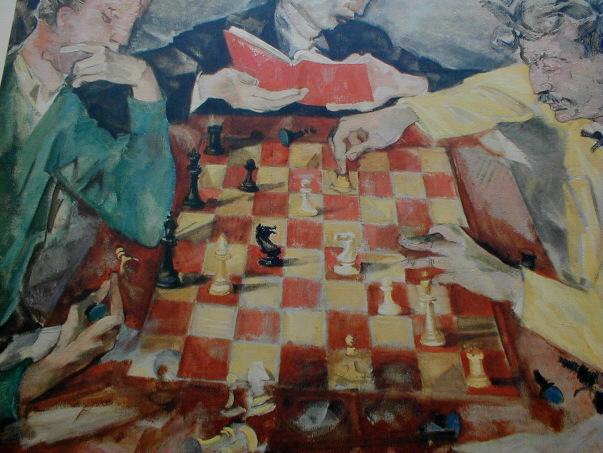Doing a review of my problem problems,dividing them in 4 sets. The ones I make a first move error or need multiple reviews are in bold.
Set A
351,353,
356,362,
369,375,379,380,
381,383,388,389,390,392,
393,394,395,396
Set B
320,321,322,
323,325,
326,
332,
335,335,337,338,
340,341,342,343,
348,349,350,
2nd pass 320.321.323,335,337,340,350
Set C
260,263,268,
270,
274,
278,279,296,
302,
303,305,
306,
307.309,316,317,
3192nd pass 270,274,305,397,319
Set D
164,
181,194,195,198,
203,
215,
216,221,222,240,247,248,251,253,
255,258
2nd pass only 181.
Total Set
incorrect
164,181,194,195,198,203,215,216,221,222,240,247,248,251,253,255,258,
260,263,268,270,274,278,279,296,302,303,305,306,307.309,316,317,319,
320,321,322,323,325,326,332,335,335,337,338,340,341,342,343,348,349,350,
351,353,356,362,369,375,379,380,381,383,388,389,390,392,393,394,395,396



